Earth, air, fire, and water. Primal forces that make up the world and power magic. Why are they such a popular motif in fantasy fiction?
Firstly, the theory of the ‘classical elements’ is part of the bedrock of Western thought. Ancient Greek philosophers, such as Plato, suggested the world was literally made up of the combination of these four forces. With the reintroduction of ancient Greek ideas into early modern Europe from the Islamic world, the elemental theory enjoyed a new golden age. Science, alchemy, medicine, magic, it was all influenced by ideas about the elements.
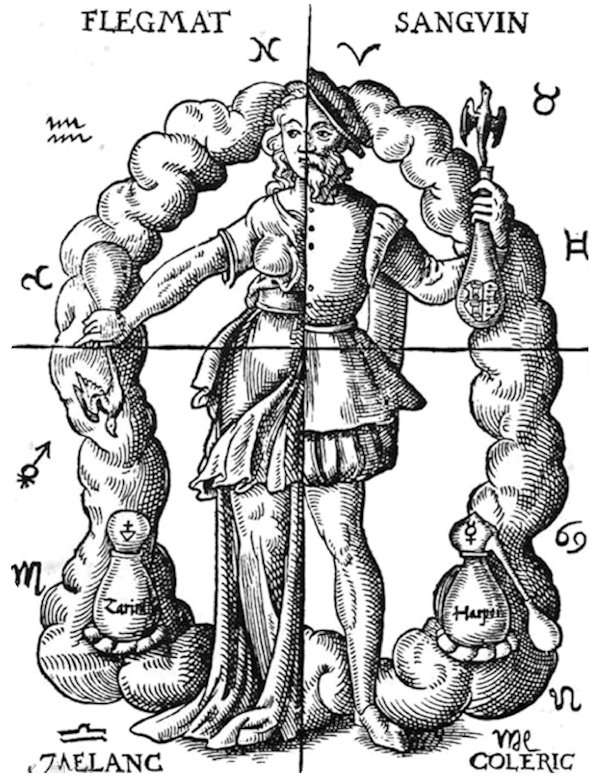 The theory of humorism identified four key chemicals or components of the body: yellow bile (fire), black bile (earth), blood (air), and phlegm (water). All that stuff you’ve heard about doctors bleeding people? They were trying to reduce the patient’s levels of sanguine humor, (blood), to restore their body to balance.
The theory of humorism identified four key chemicals or components of the body: yellow bile (fire), black bile (earth), blood (air), and phlegm (water). All that stuff you’ve heard about doctors bleeding people? They were trying to reduce the patient’s levels of sanguine humor, (blood), to restore their body to balance.
Chances are, you’ve been influenced by this elemental theory as well, however faintly. Renaissance thought applied the elemental theory to the stars, associating the signs of the zodiac with earth, air, fire, or water. The destiny in your stars, your personality, the chemicals bubbling inside your body, were all connected to the elements. So, if you’ve ever read your horoscope, (whether you believed it or not), you’re only a few steps removed from a Renaissance doctor carrying a bucket of leeches. (I still don’t understand why Aquarius, the Water Carrier, is an air sign.)
People like star signs, and elements, because it’s another way of identifying themselves and others. And whichever element you pick (or have assigned to you), there’s something cool to latch onto. Themes, emotions, magical powers, and fantastical creatures.
Earth offers wisdom, endurance and strength. Some associate it with life and growth, forests and beasts, others associate it with rock and stone, the secret dark places of our world. It may be the domain of dryads, elves, stag-horned hunters and walking trees, or of rock-creatures, gnomes and clever dwarves. Its magics may heal or grow, build great walls or summon mighty earthquakes.
Wind is swift, flighty, ephemeral, suggesting intelligence and whimsy. Its creatures are all the birds of the sky, from the tiny starlings to the mighty rocs (who can carry off whole elephants), the fierce gryphons, and the curious sylphs and spirits of the air. Its magics offer flight, speed, and the power to brew storms.
Fire is passionate, warm, destructive. Its homes are everywhere from the cosy hearth to the raging heart of an active volcano. Its creatures are djinn, efreets, phoenixes, salamanders, dragons, and all manner of demonic-seeming horrors. To wield fire is to be more dangerous than any mortal warrior, it is to hold utter ruin and devastation in the palm of one’s hand, and to be hot-blooded enough to use it.
Water (the best element), is ever-changing, placid one moment and raging the next. It is the great and mysterious sea, the babbling brook and the distant icy wastes. It has its own dragons, and sea serpents, krakens, mermaids, selkies, rusalka, kappas, a host of gods both minor and major, as well as all the strange and wondrous creatures of the ocean, from whales to fish. If ice is folded into water, it adds winter wolves, frost giants, and even ice dragons. Like earth, water may heal or harm, it allows you to enter realms usually closed to humans, it can smash your enemies with a tidal wave or freeze them in place forever.
The pages of myth are overflowing with creatures that were either explicitly associated with a classical element, like salamanders or undines, or are easily assigned to them, like the mighty, tunnel-dwelling minotaur.
With such an array of powers, creatures and personality traits to choose from, it’s no wonder that writers still delight in the elements to this day. The elements are a set of templates that can be endlessly reused or remixed to create new realms of fantasy.
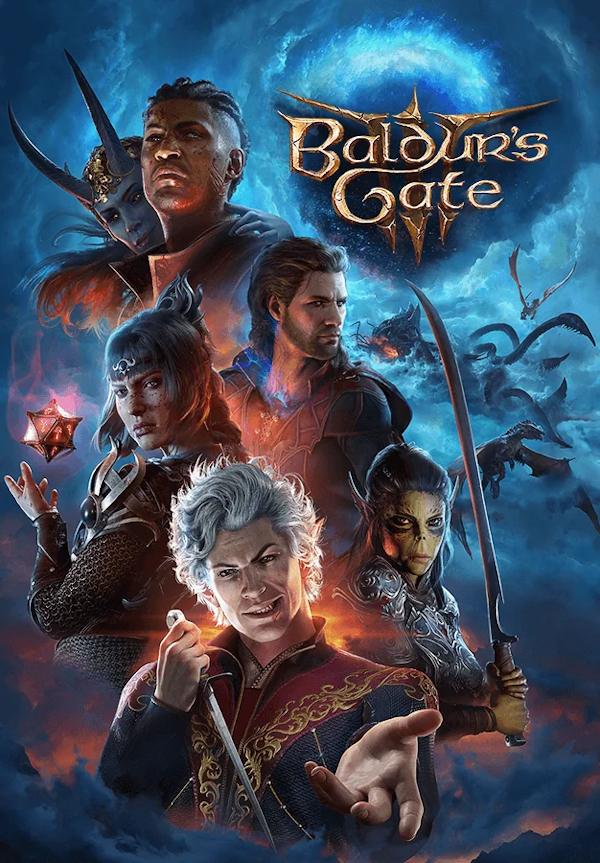 Videogames have contributed greatly to this popularity. The elements offer easy inspiration for cool attacks and spells: fireballs, ice-storms, etc. And they allow the kind of rock, paper, scissors tactics players never seem to tire of. Every CRPG from Baldur’s Gate to Pokémon has used them.
Videogames have contributed greatly to this popularity. The elements offer easy inspiration for cool attacks and spells: fireballs, ice-storms, etc. And they allow the kind of rock, paper, scissors tactics players never seem to tire of. Every CRPG from Baldur’s Gate to Pokémon has used them.
Elemental magic is an absolute boon to writers, because it places useful constraints on mages, while also offering narratively satisfying solutions to their problems. Why couldn’t the wizard protagonist just fly over the castle walls to escape from captivity? Because she’s an earth mage and they can’t fly. But that does mean she’s the first person in centuries to try talking to the elemental spirit of the castle itself, and the first person to learn of the secret passageway that leads out to the thief-haunted streets of the town beyond. Why does the mighty fire mage need a band of companions? Because he can’t heal, or summon storms, or talk to the ancient leviathans who hold the key to his quest.
Why was Avatar: The Last Airbender so popular? Well, because of its rich storytelling and interesting characters. But also because its elemental magic system was so interesting. Characters could experiment and find new ways to wield their powers. The audience could ask themselves which element they’d want to bend, and what they’d do with it.
 And this is nothing new. Back in the 90s, Maggie Furey portrayed a series of high-octane wizard duels in her Artefacts of Power series, as the rare but immensely powerful Mageborn warred amongst themselves, unleashing rock-serpents, storms, gusts of frost, and blasts of fire, each mage offered a unique challenge and outlook.
And this is nothing new. Back in the 90s, Maggie Furey portrayed a series of high-octane wizard duels in her Artefacts of Power series, as the rare but immensely powerful Mageborn warred amongst themselves, unleashing rock-serpents, storms, gusts of frost, and blasts of fire, each mage offered a unique challenge and outlook.
A quick trawl through Goodreads or Fantastic Fiction turns up hundreds of fantasy novels featuring elemental magic. It enlivens teen fiction by granting lonely outcasts strange new abilities, offers new kinds of political and religious conflict for epic fantasy, creates literal fire and ice romances, and peoples the fey courts of urban fantasy with elegant sylphs and steadfast gnomes. It’s such a ubiquitous idea in the genre that I remember, as a child, reading a book about four young people who each had their own natural form of magic, and being absolutely stunned when it turned out their powers were based on different crafts, like sewing, rather than the four elements.
Now, once you’ve accepted four elements, there’s a temptation to add more. Even the ancient Greeks suggested the existence of a fifth element: aether or void (reimagined by Luc Besson as Milla Jovovich with bright orange hair).
Elizabeth Haydon assigned a fascinating array of elemental powers to her characters in the Symphony of the Ages series (and sometimes to whole species or peoples). Achmed, a demon-hunter, can use air to bind a demon to its mortal host before he kills them, destroying the otherwise immortal demon in the process. Ashe can walk through the sea unharmed or wield tendrils of water like extra limbs. Series protagonist Rhapsody wields the sword Daystar Clarion and can unleash the powers of both fire and aether, also known as starfire—the oldest and strongest element. What better way to make your special protagonist more special than anyone else in a world full of immortals and elemental powers? Give them a better element than everyone else.
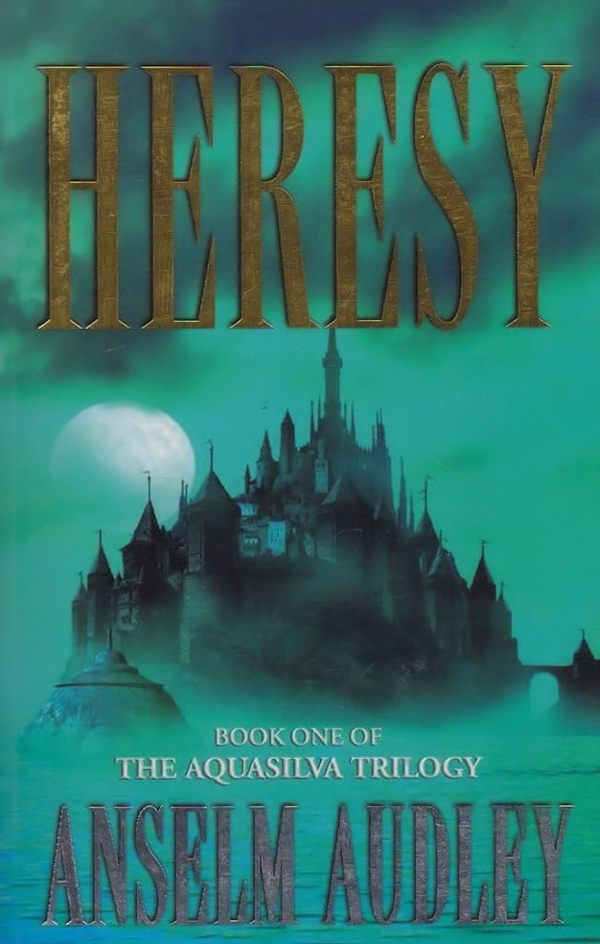 Anselm Audley went further in the Aquasilva series, adding shadow magic, and other forms, to the standard four. And why not? Any publisher will tell you fantasy readers love shadows as much as the elements! As is often the way, fire wielders were the bad guys in that setting—wielders of shadow or water magic were hunted as heretics. When you think about it, shadows are as common as flames or water, there’s no reason they can’t be a primal part of a fantasy world.
Anselm Audley went further in the Aquasilva series, adding shadow magic, and other forms, to the standard four. And why not? Any publisher will tell you fantasy readers love shadows as much as the elements! As is often the way, fire wielders were the bad guys in that setting—wielders of shadow or water magic were hunted as heretics. When you think about it, shadows are as common as flames or water, there’s no reason they can’t be a primal part of a fantasy world.
Other writers have various used—Iron, Time, Wood (drawing on Chinese elemental theory), Pain, Death, Mind, Laughter, Blood, and many more. Some authors skip or downplay the traditional elements in favour of these new fantastical elements.
The Malazan authors, particularly Steven Erikson, included all kinds of elemental powers in their world, but focused a lot on the competing elements of light, darkness and shadow. This was as much a political and cultural conflict as a mystical one, with the peoples of each element battling each other for supremacy. (Though there were literal gods, demons and dragons of darkness, light, and shadow.) And while the trappings of Malazan magic and mysticism are different to the traditional elemental quartet, the things it offers are the same—interesting beings to people a world with, cool but distinctive magics and powers to play with, and a baked-in reason for conflict that doesn’t need to draw on real world history.
And that’s why we use the classical elements, and their fantastical successors, in fantasy today. They look cool. They make our characters look cool—the play of shadows around a mage’s fingertips, the literal smoke rising from an efreet’s eyes. Their magics are interesting to think about, in the same way it’s interesting to think about what a superhero could use their powers for if they really put their mind to it, or which superhero could defeat which other superhero. And they’re a great excuse for a magical battle royale! Why are the water folk fighting the fire folk? Because water and fire. Why does light hate darkness? Because they are opposites.
The elements, old and new, are just a fun set of toys to play with. And I, for one, look forward to seeing new generations of writers picking them up and using them to tell new tales.
– – –
What are you favorite books with elemental magic? And if you could wield the power of an element, which would you choose? Let us know in the comments!
Title image by Inés Álvarez Fdez, Avinash Kumar, Max Kukurudziak, and Mila Young.

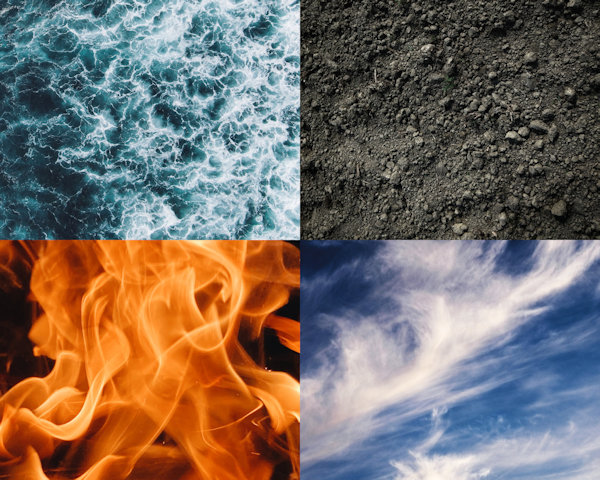


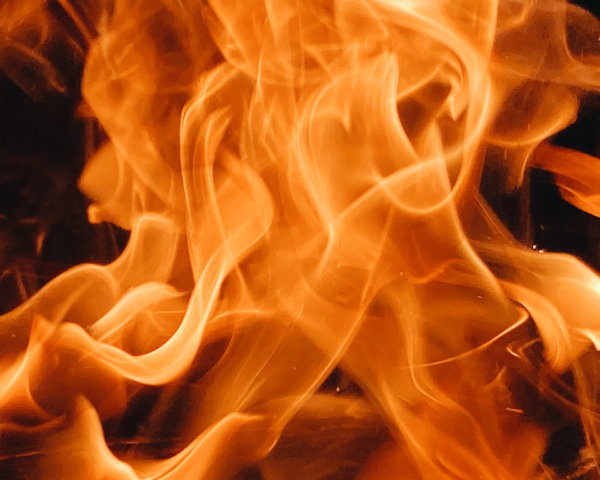
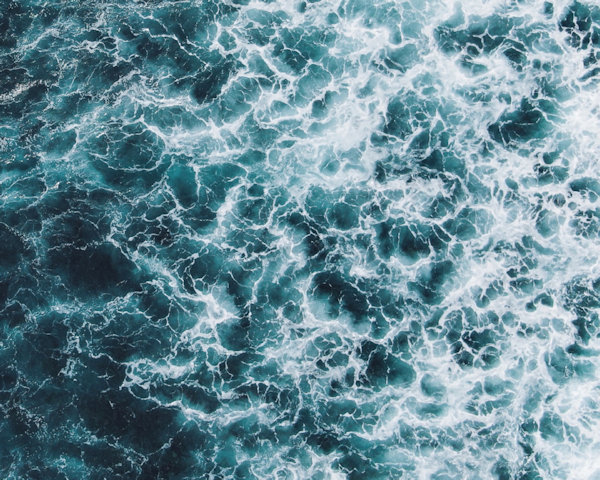


There’s a series by a fairly new writer to fantasy, Taylen Carver, that heavily features elemental creatures. The series, Magorian and Jones, is nearly complete — I think there’s only one book to go. First book is THE MEMORY OF WATER. A great read.